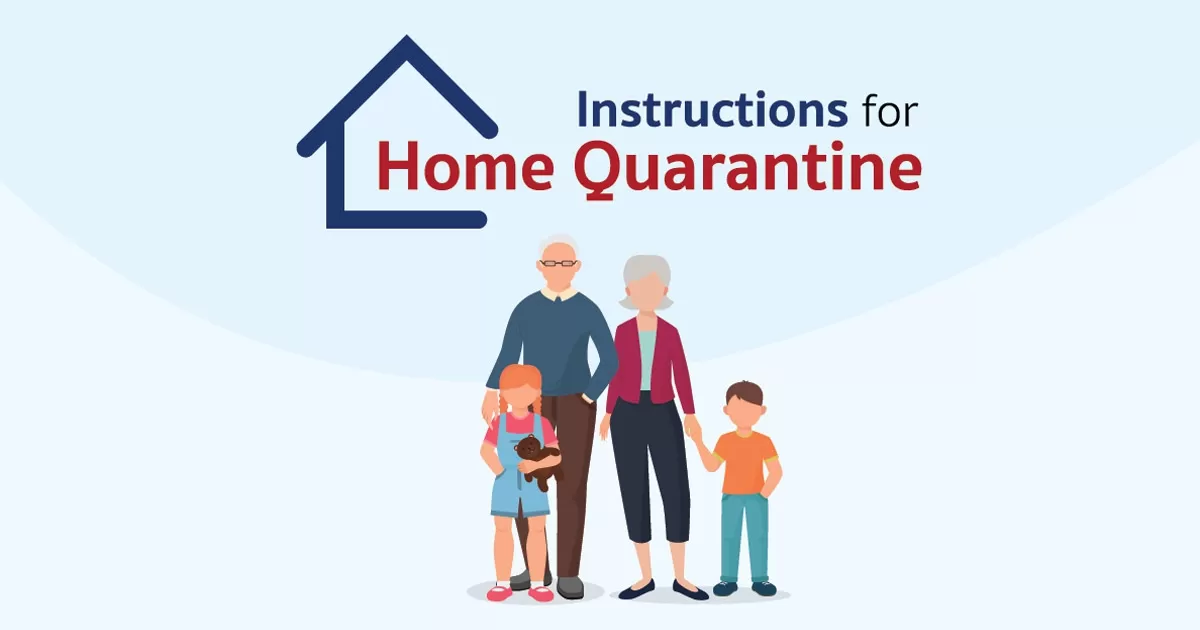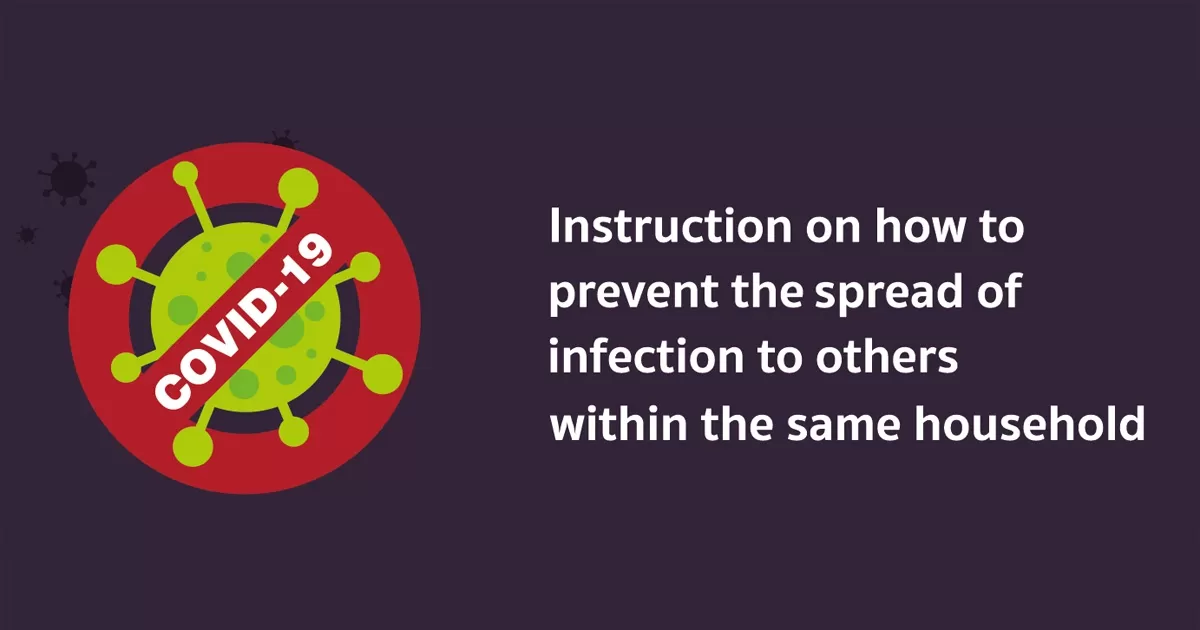
Dengue Fever – for another year!
Home > Health Info > Health Articles

Despite my pleas, (and those of the hospital and the Public Health Department), Dengue Fever and its potentially fatal variant, Dengue Hemorrhagic Fever (DHF) is still with us. But this is an important ailment, that can be avoided.
However, first a little history about Dengue. It was first described in 1780 by a Benjamin Rush in Philadelphia (so it didn’t start here), when the name Break Bone Fever was applied, with the symptoms of pain in the bones and rise in temperature. The name “Dengue” came in 1828 during an epidemic in Cuba. The name was a Spanish attempt at a Swahili phrase “ki denga pepo” which describes a sudden cramping seizure caused by an evil spirit! Let me assure you that the local brand of Dengue Fever owes nothing to spirits, evil, bottled or otherwise.
Like Malaria, the virus is carried by mosquitoes, this one called Aedes aegypti. The virus itself is related to Japanese encephalitis, Murray Valley encephalitis and Yellow fever, and there are four “serotypes” or subgroups of it.
The mosquito lays its eggs in water containers, preferring the clean water found in water tanks and pots, in the saucers under pot plants and even under the pet’s food dish. Inside discarded car tyres are another favorite spot. These mosquitoes are not of the adventurous type and feed during the day and spend their time within 200 meters of their hatchery. Consequently, the eradication of any local breeding areas becomes very important towards maintaining your own health. Keep your home free from standing water for a radius of 200 meters and you’re looking good!
Simple Dengue (if you can call it that) has an incubation period of around four to seven days and then the full blown symptoms of high fever and headache begin. The headache is usually behind the eyes and is made worse by eye movement. From there the pains progress to the limbs with acute muscle pains, which gave it the old name “Break Bone Fever”. Interestingly, some patients complain of a metallic taste in the mouth. (Please don’t ask – I have no idea why!)
On the other hand, Dengue Hemorrhagic Fever can certainly be fatal! It appears that Serotype 2 may be the culprit here, but does not usually produce DHF unless you have been previously bitten by types 1, 3 or 4. In addition to the symptoms of Classical Dengue, the skin begins to bruise very easily as the blood hemorrhages into the skin. Children are also more susceptible to this than adults. This also becomes much more of an emergency and is best treated by us in your favorite hospital.
With our ability to treat the viral ailments being limited, the defense against the Dengue virus lies in preventive measures. The other precautions are to wear long trousers and long sleeved shirts, especially at sun up and sun down, when the mosquito is at its most ravenous. The other factor to remember is “D” for Dengue and “D” for DEET. DEET is the magic ingredient in mosquito repellents, so when you go to buy some, check the label – if it has DEET, then get it. And then remember to use it!

Share :



